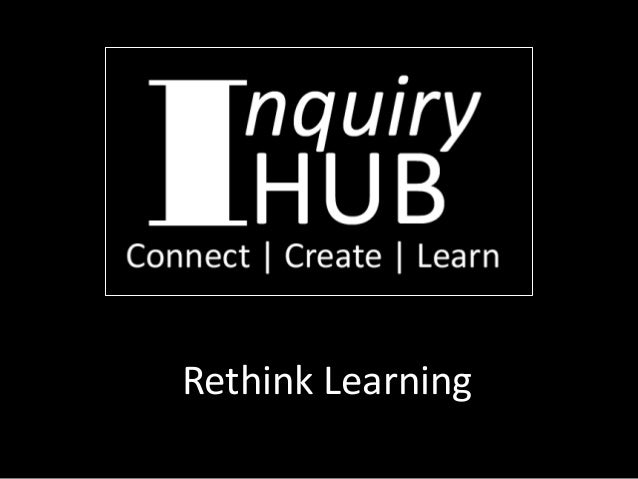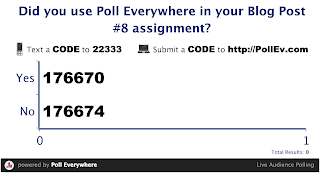The following is a copy of my response in Blog Post #1 about how I see my future classroom.
My Future Classroom
 One day I hope to be the teacher that children will remember as being encouraging, helpful, inspiring and caring. I plan to teach mathematics at the high school level. I hope to find creative ways to teach math. My teaching style will be flexible and motivational and I want each student to know that I am approachable.
One day I hope to be the teacher that children will remember as being encouraging, helpful, inspiring and caring. I plan to teach mathematics at the high school level. I hope to find creative ways to teach math. My teaching style will be flexible and motivational and I want each student to know that I am approachable.My students will learn by listening to my instruction, being encouraged to ask questions, participating in group work time, watching videos of math being applied in cool and interesting ways and completing projects that teach them to build, to create, and to imagine.
There are many tools and resources available to teachers and students due to the internet. Many high school students have computers assigned to them when they begin 9th grade. If this is the case at the high school at which I am employed, then I will set up an email system for communication and have all of the class information online. All of the things we are being introduced to in this course will be very valuable to me as a teacher. My oldest child is in 9th grade. He has been assigned a Macbook and his teacher's use Google and Moodle. He is also required to post to a blog on a weekly basis for his history class. Assignments are downloaded and most of the textbooks are online. He has a planner to keep track of his schedule and when his assignments are due. Sound familiar? I plan to use everything I learn in EDM310 in my future classroom because these are the things that are being implemented now at the high school level.
When I think about my future classroom, the word engaging comes to mind. I want students to be engaged in learning from the time they walk in until it's time to leave. This will be a challenge when it comes to teaching math but I will search for ways to be creative with my style of teaching. I can't imagine anyone falling asleep in my classroom. I want there to be a lot of interaction between myself and the students and among the students.
(This is a typed version of what is presented in the above YouTube video)
Final Reflection
As I now reflect on my future classroom after reading my prior blog, I realize that my objectives are the same. I still envision a classroom where students are engaged in learning from the time they walk in until it's time to leave. I want to be encouraging, helpful, inspiring, and caring. I want students working on projects that teach them to build, to create, and to imagine. All of these things are some of the same objectives I stated earlier that I would have as a high school math teacher. However, the thing that has changed since I wrote that first blog, is how I would achieve these objectives.
EDM310 has challenged me to discover methods of teaching that are student focused. I knew that somehow, I wanted to be the kind of teacher that made students excited about math and helped them understand its uses and how it can be applied in the real world. EDM310 has shown me the resources and tools I need to accomplish my goals and objectives. I am most excited to apply the concepts of the "flipped classroom" and project-based learning. I believe these methods will help bring the math concepts from being typed examples in the pages of a book to real life applications. I believe it will allow the students more time to collaborate and it will allow me more time to move around the classroom to observe and to interact so I can better assess the strengths and weaknesses of my students. I have established a network of websites and contacts that will aid me as I prepare a classroom environment that focuses on these concepts.
Through EDM310, I discovered a wealth of technological information. Before this class, I figured I was doing okay on the technological meter, but I soon discovered how low I measured. I thought I was doing pretty well because I had a Facebook account, a smart phone, I emailed and used text messaging, and I could download music and photos. Pretty good, right? WRONG! I was only at the tip of the iceberg. The things you can do with technology seem to be endless. There are so many
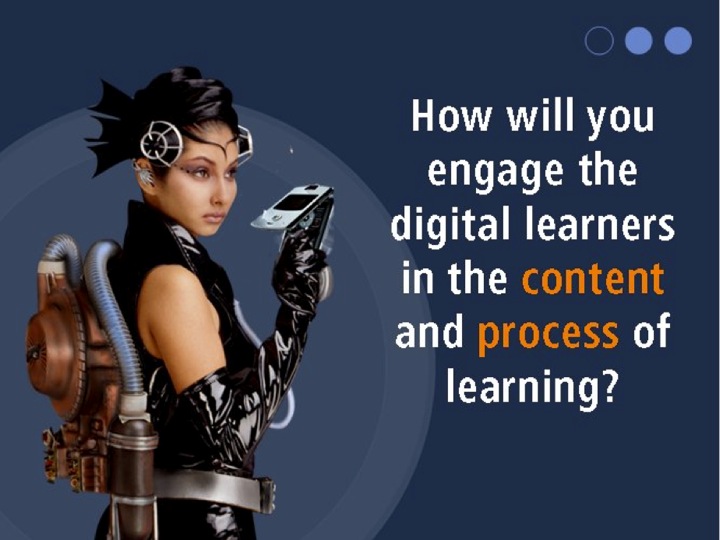 tools that can be used to enhance a lesson in order to reach your audience or in this case the age of students you are teaching. Since I am a Secondary Education major, my students will be middle school or higher. So I should ask myself two questions, what are my students interests and how can I use those to enhance my lessons? What are they engaged in most hours of the day? Technology; cell phones, computers, video games, ipods, etc. So where can I get ideas on how to use these tools to educate my students? Through EDM310, I discovered how to use social networks like Blogger, Twitter, and Pinterest to connect with many other teachers who share ideas and methods for using technology in a learning environment. I plan to continue to use Blogger and Twitter to connect with others and to stay informed of the latest and most successful developments in education. I also discovered that I really like iMovie. It's a great tool for recording projects, lectures, and much more. The ideas are out there, I just have to keep researching and adding things to my idea bank(Symbaloo). As with any new information, you must sort through your findings and decide what tools fit best with your teaching style and also what resources will provide the best learning experience for your students.
tools that can be used to enhance a lesson in order to reach your audience or in this case the age of students you are teaching. Since I am a Secondary Education major, my students will be middle school or higher. So I should ask myself two questions, what are my students interests and how can I use those to enhance my lessons? What are they engaged in most hours of the day? Technology; cell phones, computers, video games, ipods, etc. So where can I get ideas on how to use these tools to educate my students? Through EDM310, I discovered how to use social networks like Blogger, Twitter, and Pinterest to connect with many other teachers who share ideas and methods for using technology in a learning environment. I plan to continue to use Blogger and Twitter to connect with others and to stay informed of the latest and most successful developments in education. I also discovered that I really like iMovie. It's a great tool for recording projects, lectures, and much more. The ideas are out there, I just have to keep researching and adding things to my idea bank(Symbaloo). As with any new information, you must sort through your findings and decide what tools fit best with your teaching style and also what resources will provide the best learning experience for your students.The most important thing I learned in EDM310 is how to learn. Read, Research, Respond, Role play, and be Ready. Join a social network. Find people whose ideas and interests are similar to yours. Ask questions and read through comments to find out what tools seem to be working well and what's not. Respond to blogs and ask questions. Finally, be the teacher and think about whether or not the tools you've discovered would increase student interest and add value to your classroom. Not every tool you see or hear about will be a perfect fit in the design for your new classroom. Read, Research, Respond, and Role play, then be Ready to use technology to create a classroom that inspires collaboration and learning. EDM310 has equipped me to be a 21st Century educator. Thank you!



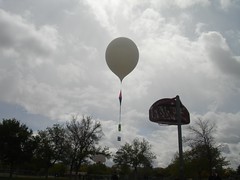
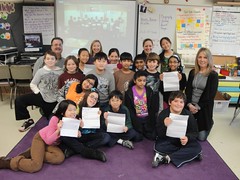


 Today's Meet
Today's Meet Corkboard.me
Corkboard.me Study Blue
Study Blue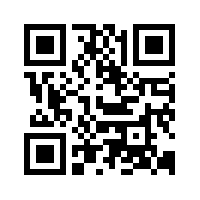 Fotobabble
Fotobabble Sonic Pics
Sonic Pics Doodle Buddy
Doodle Buddy Poll Everywhere
Poll Everywhere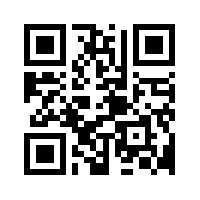 Evernote
Evernote Socrative
Socrative Fakebook
Fakebook

